
John Cleveland Robinson was an American soldier in the United States Army. Robinson had a long and distinguished military career, fighting in many wars and culminating his career as a brigadier general and brevet major general in the Union Army during the American Civil War.

Frederick Steele was a career military officer in the United States Army, serving in the Mexican-American War, the Yuma War, and as a major general in the Union Army during the American Civil War. He was most noted for retaking much of secessionist Arkansas for the Union cause, escaping the besieged port-city of Camden through successful deception tactics, and defeating Sterling Price and E. Kirby Smith at Jenkins Ferry.
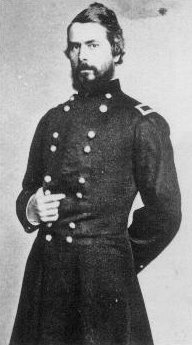
Truman Seymour was a career soldier and an accomplished painter. He served in the Union Army during the American Civil War, rising to the rank of major general. He was present at the Battle of Fort Sumter. He commanded the Union troops at the Battle of Olustee, the only major Civil War battle fought in Florida.
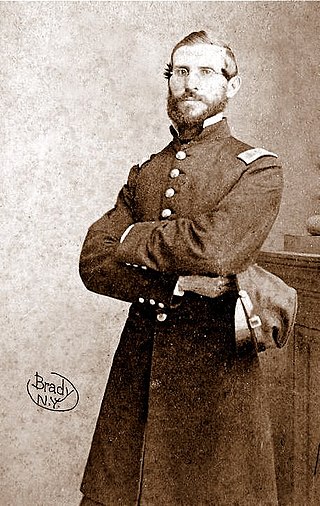
Adam Jacoby Slemmer was an officer in the United States Army during the Seminole Wars, the Old West, and the American Civil War.

John Irvin Gregg was a career U.S. Army officer. He fought in the Mexican–American War and during the American Civil War as a colonel and near the end of the war as a brevet general in the Union army. In 1866, he was nominated and confirmed as a brevet major general of volunteers and a brevet brigadier general in the Regular Army, both to rank from March 13, 1865.
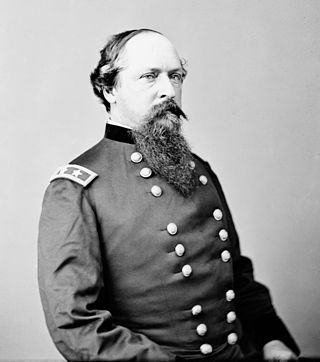
James Brewerton Ricketts was a career officer in the United States Army, serving as a Union Army general during the Civil War.

Bryan Morel Thomas was an American soldier, farmer, marshal, and educator. He served as an officer in the United States Army, and later in the Confederate States Army during the American Civil War. He was a son-in-law of Jones M. Withers, under whom Thomas would serve in the war. Thomas also participated in and was captured during the 1865 Battle of Fort Blakeley, the conflict's final infantry fight.

John Gross Barnard was a career engineer officer in the U.S. Army, serving in the Mexican–American War, as the superintendent of the United States Military Academy and as a general in the Union Army during the American Civil War. He served as Chief Engineer of the Army of the Potomac, 1861 to 1862, Chief Engineer of the Department of Washington from 1861 to 1864, and as Chief Engineer of the armies in the field from 1864 to 1865. He also was a distinguished scientist, engineer, mathematician, historian and author.

George Washington Cullum was an American soldier, engineer and writer. He worked as the supervising engineer on the building and repair of many fortifications across the country. Cullum served as a general in the Union Army during the American Civil War, primarily in the Western Theater and served as the 16th Superintendent of the United States Military Academy. Following his retirement from the Army, he became a prominent figure in New York society, serving in many societies, and as vice president of the American Geographical Society. The society named the Cullum Geographical Medal after him.
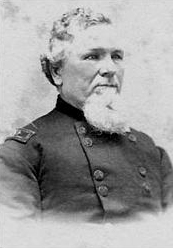
Thomas Duncan was a career officer in the U.S. Army, serving as a lieutenant colonel during the American Civil War. In 1867, he was nominated and confirmed for appointment as a brevet brigadier general in the regular army, to rank from March 13, 1865, for his service in the Civil War.
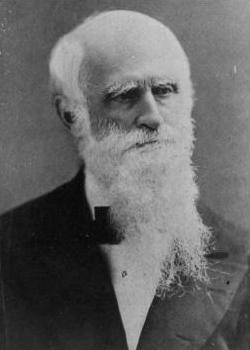
Henry Brewerton was a career engineering officer in the United States Army, serving as the superintendent of the United States Military Academy and then as a colonel in the Union Army during the American Civil War. He was nominated for appointment to the grade of brevet brigadier general in the Regular Army by President Andrew Johnson on December 11, 1866, to rank from March 13, 1865, and the United States Senate confirmed the appointment on February 23, 1867.

Henry Washington Benham was an American soldier and civil engineer who served as a general in the Union Army during the American Civil War.
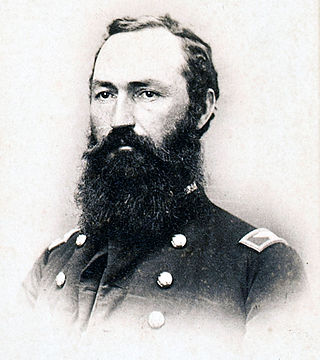
Hiram Scofield was a lawyer and Union Army officer during the American Civil War. He entered the Army as a private in 1861 and was discharged as a colonel on January 5, 1866. In February 1866 he was nominated by President Andrew Johnson for appointment to the rank of brevet brigadier general of volunteers and the United States Senate confirmed the appointment in April 1866.
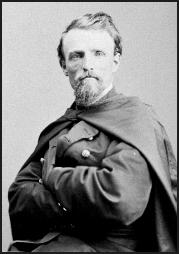
George Pearson Buell was an American civil engineer and soldier. He served as a Union Army general during the American Civil War, and remained in the United States Army following the conflict.
James Totten was a career American soldier who served in the United States Army and retired from active service in 1870 as the Assistant Inspector General. He served as an officer in the Union Army and Missouri militia general during the American Civil War. He may be related to Chief Engineer of the U.S. Army Brigadier General Joseph Totten.
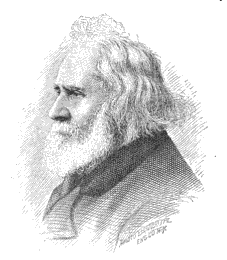
Horace Brooks was an officer in the Regular Army of the United States from 1835 – 1877. After graduating the United States Military Academy at West Point, he served in the Second Seminole War. During the Mexican–American War he was promoted to the rank of captain and brevetted temporarily to the rank of lieutenant colonel. During the American Civil War, he served in command of artillery batteries at various forts and was eventually placed in command of the 4th United States Artillery Regiment with the rank of colonel. At the close of the civil war, he was awarded the honorary grade of brevet brigadier general. He continued his career as a soldier after the Civil War, remaining in command of the 4th U.S. Artillery until his retirement in 1877.

Cyrus Ballou Comstock was a career officer in the Regular Army of the United States. After graduating from the United States Military Academy at West Point in 1855, Comstock served with the Army Corps of Engineers. At the beginning of the American Civil War, he assisted with the fortification of Washington, D.C. In 1862, he was transferred to the field, eventually becoming chief engineer of the Army of the Potomac. In 1863 during the Siege of Vicksburg, he served as the chief engineer of the Army of the Tennessee.

Walter Husted Stevens was a Confederate States Army brigadier general during the American Civil War. He graduated from the United States Military Academy at West Point, New York and served in the corps of engineers, mostly in Louisiana and Texas. He was an engineer for the Army of Northern Virginia. He was reputed to be the last uniformed man to cross the Mayo Bridge during the evacuation of Richmond, Virginia, after the Confederate defenses of Petersburg, Virginia, collapsed on April 2, 1865. After the Civil War, Stevens became the superintendent and engineer of the Mexican Imperial Railroad. He died of yellow fever at Vera Cruz, Mexico, November 12, 1867.
Joseph Nelson Garland Whistler was a career United States Army officer. He served in the Mexican–American War and received a brevet appointment for distinguished service in the Battle of Contreras and the Battle of Churubusco. At the beginning of the American Civil War, Whistler was among the U.S. Regular Army officers taken prisoner by Confederates in Texas in April 1861 and paroled but was not exchanged until August 15, 1862. In 1863, he became colonel of the 2nd New York Heavy Artillery Regiment. He received a promotion and four brevet appointments in the regular army for his service during the Overland Campaign, specifically the Battle of North Anna, and the Siege of Petersburg, specifically the Second Battle of Petersburg. He was nominated on January 13, 1866 and confirmed on March 12, 1866 for appointment to the grade of brevet brigadier general of volunteers, to rank from March 13, 1866. He retired in on October 19, 1886 as colonel of the 15th U.S. Infantry Regiment.
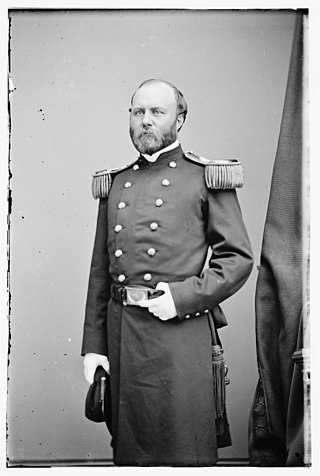
Henry Boynton Clitz was a career United States Army officer who served with distinction during the Mexican–American and Civil wars, for which he received brevet appointments. After his release as a prisoner of war from the Confederate Libby Prison in Richmond, Virginia, on July 17, 1862, Clitz was Commandant of Cadets at the United States Military Academy at West Point, New York, from October 23, 1862, to July 4, 1864. He was nominated and confirmed for appointment as a brevet brigadier general in the Regular Army on March 2, 1867, to rank from March 13, 1865. He retired from the Regular Army as a colonel of the 10th Infantry Regiment on July 1, 1885. Clitz, whose deteriorating mental state had been noticed by relatives for several months, disappeared at Niagara Falls, New York, and was presumed drowned on October 30, 1888.




















